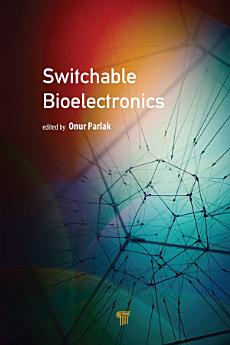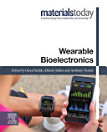Switchable Bioelectronics
About this ebook
Chapter 1 introduces the general concept of dynamic interfaces for bioelectronics and gives an overview of the importance of materials and systems for switchable bioelectronics, introducing the reader to different biointerfaces. Chapter 2 pieces together different types of stimuli-responsive polymers and applications. Chapter 3 lays special emphasis on stimuli-responsive polymers with tunable release kinetics and describes the importance of polymer design for delivery applications. Chapter 4 reviews the field of conformational switching in nanofibers for gas-sensing applications. Finally, Chapter 5 focuses on molecular imprinting polymers as recognition elements for sensing applications.
As informative as it is lucid, this handbook makes an essential resource for advanced undergraduate- and graduate-level students in chemistry, as well as researchers in polymer science and electrochemistry, especially those with an interest in responsive polymers and biosensors.
About the author
Onur Parlak received his PhD in bioelectronics from Linköping University, Sweden, in 2015. He then received the Wallenberg Fellowship and joined Alberto Salleo’s Lab at Stanford University for postdoctoral research focusing on wearable bioelectronics. Subsequently, he returned to Sweden and joined the Department of Neuroscience at Karolinska Institute to translate his engineering skills in medical settings. Since 2019, he has been leading his research in the newly established Center for the Advancement of Integrated Medical and Engineering Science (AIMES) at the Karolinska Institute, where he specializes in digital medicine by generating new concepts and devices in the area of biosensors and bioelectronics.




